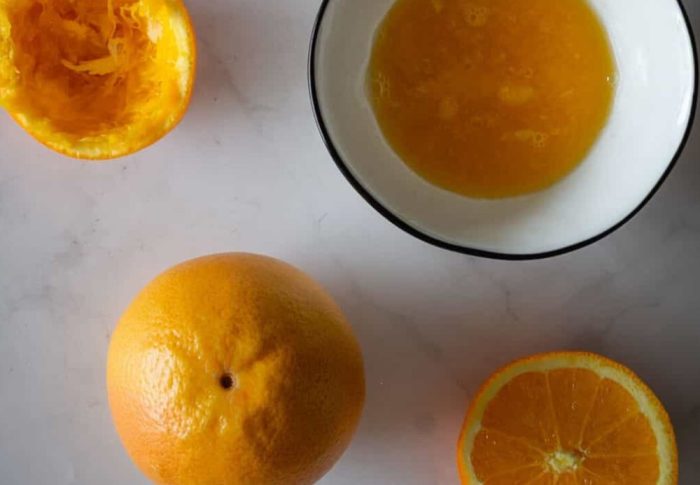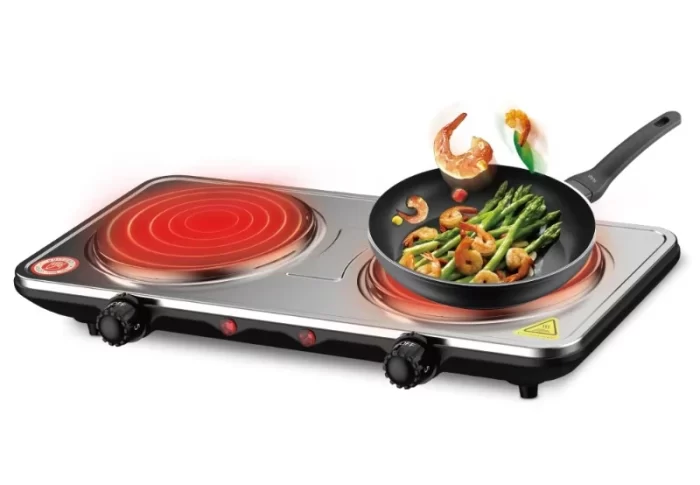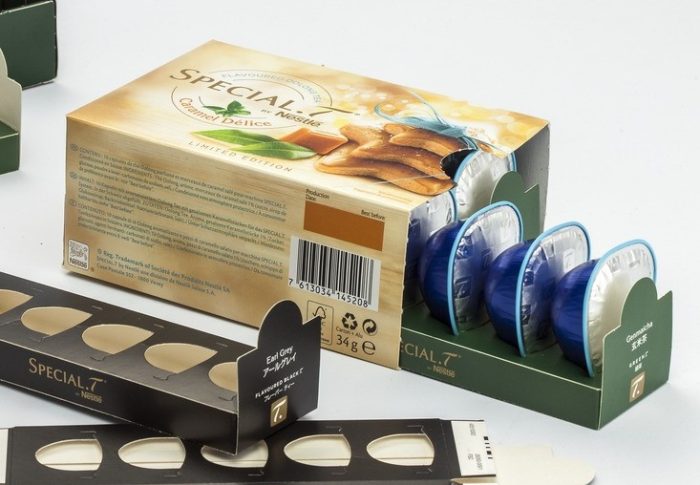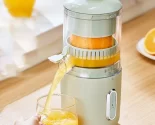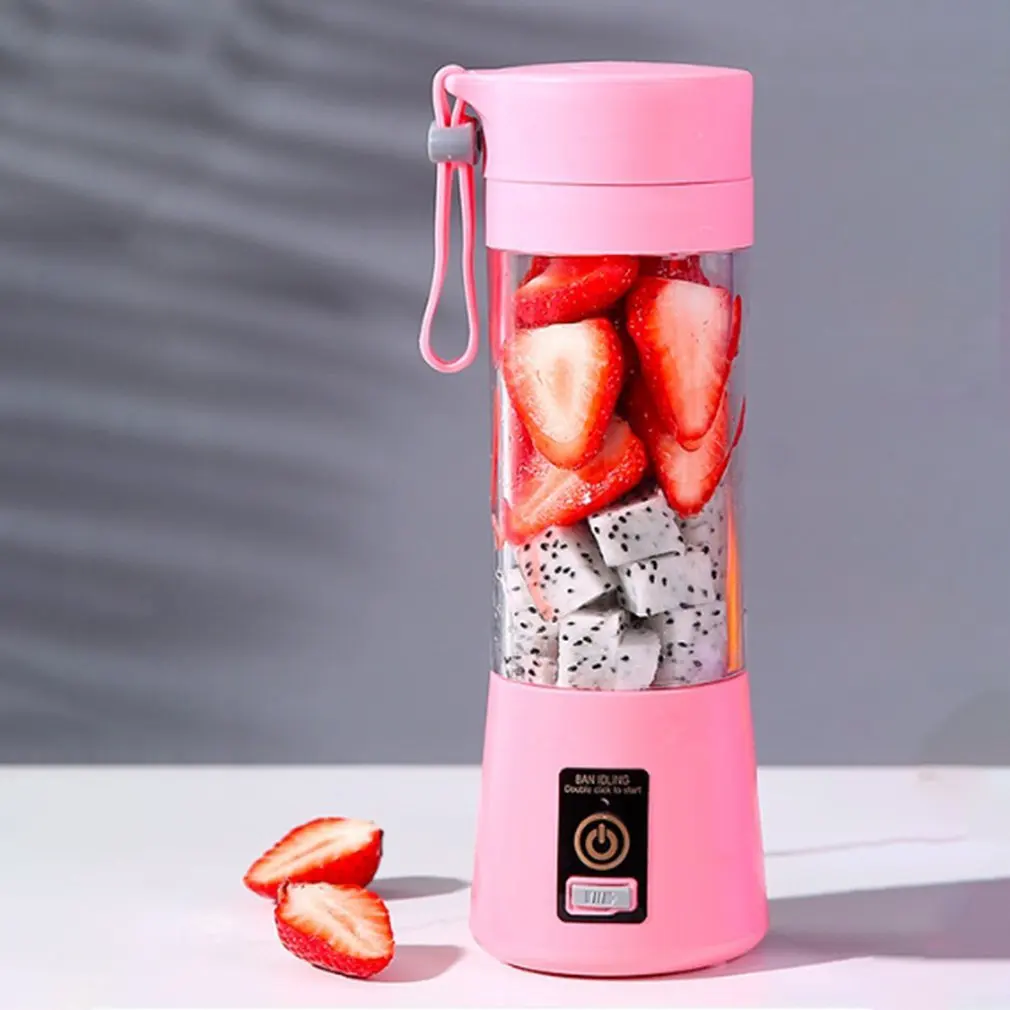
Blender vs Juicer: Which Appliance Best Suits Your Needs?
Introduction:
Choosing between a blender and a juicer depends on your dietary preferences, health goals, and specific needs. Both appliances offer unique benefits and serve different purposes in food preparation. This comprehensive guide delves into the differences, advantages, disadvantages, and practical applications of blenders and juicers to help you make an informed decision.
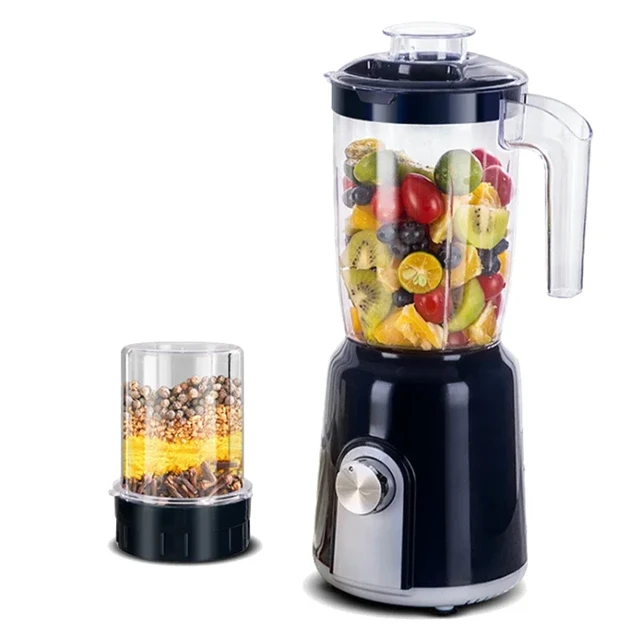
Blender vs Juicer:
Which Appliance Best Suits Your Needs?
How They Work:
What Are the Core Functional Differences Between Blenders and Juicers?
Understanding how each appliance processes fruits and vegetables reveals their unique functionalities.
Blenders:
Comprehensive Mixing:
Mechanism: Blenders use high-speed rotating blades to chop and blend ingredients into a smooth consistency. They break down whole fruits, vegetables, and other ingredients, turning them into thick liquids or pastes.
Components: A blender typically consists of a base with a motor, a jar or pitcher, and a lid. The blades are located at the bottom of the jar, driven by the motor when activated.
Types: There are various types of blenders, including countertop blenders, personal blenders, and immersion blenders, each suited for different tasks.
Juicers:
Separation of Juice and Pulp:
Mechanism: Juicers extract juice from fruits and vegetables by separating the liquid from the pulp. They crush or grind the produce and then strain out the juice, leaving behind the fibrous pulp.
Components: A juicer typically has a feed chute, a motor, a juicing mechanism, and separate containers for juice and pulp.
Types: Juicers come in different varieties such as centrifugal juicers, masticating (slow) juicers, and triturating (twin-gear) juicers, each with unique extraction methods.
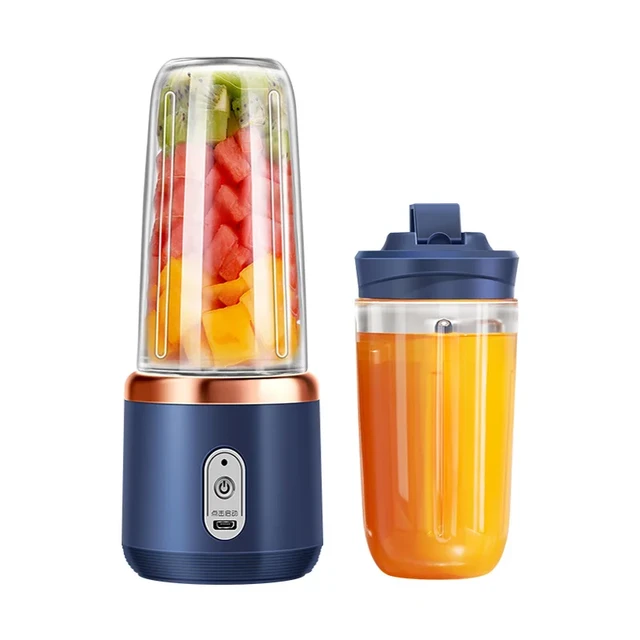 Nutrient Retention:
Nutrient Retention:
How Do Blenders and Juicers Compare in Nutrient Retention?
Nutrient retention is crucial for maintaining the health benefits of fruits and vegetables, making it an essential factor in your choice.
Blenders:
Fiber Preservation:
Whole Foods Processing: Blenders retain all parts of the fruits and vegetables, including the fiber. This results in smoothies that contain the full spectrum of nutrients, including vitamins, minerals, and dietary fiber.
Nutrient Stability: The blending process, although it involves high-speed blade rotation, does not generate as much heat as some juicers, helping preserve sensitive nutrients like vitamin C.
Satiation: The fiber content in blended smoothies helps in feeling full longer, which can be beneficial for weight management and digestion.
Juicers:
Concentrated Nutrients:
Nutrient Density: Juicers remove the fibrous pulp, resulting in a concentrated liquid rich in vitamins, minerals, and enzymes. This makes the nutrients more bioavailable and easily digestible.
Fiber Loss: While juicers provide a nutrient-dense beverage, they do not retain the fiber found in whole fruits and vegetables, which is essential for digestive health.
Digestive Efficiency: Juices are quickly absorbed by the body, providing a rapid nutrient boost. This can be particularly beneficial after workouts or when needing quick energy.
Versatility:
What Versatile Uses Do Blenders and Juicers Offer in the Kitchen?
Versatility in the kitchen is important for maximizing the utility of an appliance, making it a key consideration in your choice.
Blenders:
Multifunctional Kitchen Tool:
Smoothies and Shakes: Blenders are ideal for making smoothies and shakes, blending fruits, vegetables, yogurt, milk, and other ingredients into cohesive liquid meals.
Soups and Sauces: They can blend soups to a creamy consistency and mix sauces, often directly in the saucepan with an immersion blender.
Nut Butters and Ice Cream: High-powered blenders can make homemade nut butters and creamy desserts like ice cream by blending frozen fruits and nuts.
Juicers:
Specialized Beverage Maker:
Juice Extraction: Juicers excel at extracting juice from a wide variety of produce, including hard vegetables like carrots and beets, and leafy greens like spinach and kale.
Wheatgrass and Herbs: Masticating juicers can juice wheatgrass and herbs, which are difficult to process with other appliances due to their fibrous nature.
Pulp Use: The leftover pulp can be used in cooking and baking, adding fiber to muffins, soups, and broths, making the process more sustainable.
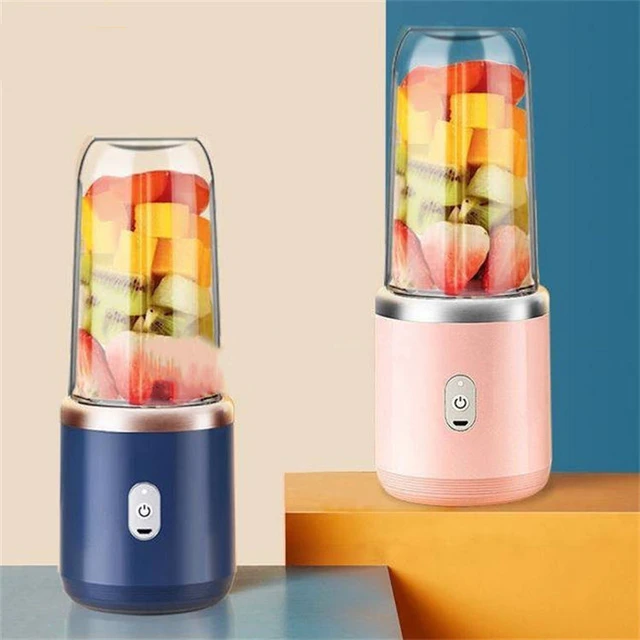 Health Benefits:
Health Benefits:
How Do Blenders and Juicers Differ in Terms of Health Benefits?
Health benefits vary between blenders and juicers due to their different methods of processing fruits and vegetables.
Blenders:
Whole Nutrition:
Fiber Content: Blended drinks retain fiber, critical for digestive health, blood sugar control, and reducing cholesterol levels.
Hydration and Satiety: Adding ingredients like yogurt, nuts, and seeds to blended drinks improves their nutritional profile, offering proteins and healthy fats along with hydration.
Detox Benefits: Fiber binds toxins and aids in their elimination from the body, supporting detoxification processes naturally with blended smoothies.
Juicers:
Direct Nutrient Absorption:
Nutrient Absorption: Juices provide a high concentration of nutrients that are quickly absorbed by the body, offering a rapid health boost.
Alkalization: Fresh vegetable juices help in alkalizing the body, maintaining the ideal pH balance, and supporting overall metabolic function.
Reduced Plant Toxins: Juicing removes certain plant toxins present in the fibrous parts of fruits and vegetables, making juices easier to tolerate for those with sensitive digestion.
Cleaning and Maintenance:
What Are the Differences in Cleaning and Maintenance for Blenders and Juicers?
Ease of cleaning and maintenance can affect how frequently you use an appliance, impacting its practicality in daily life.
Blenders:
Simple Upkeep:
Easy Cleaning: Blenders typically have fewer parts to clean. The jar, lid, and blades are often dishwasher safe, simplifying the cleaning process.
Maintenance Tips: Regularly checking and tightening the blade assembly can ensure the longevity of the blender. Descaling with vinegar can keep the motor running smoothly.
Time Investment: Cleaning a blender takes just a few minutes, making it convenient for daily use.
Juicers:
Detailed Cleaning:
Complex Assembly: Juicers have more components, including the filter basket, feed chute, and pulp container, which need thorough cleaning after each use.
Cleaning Tools: Many juicers come with specialized brushes to help clean the fine mesh filters and other intricate parts.
Time Investment: Cleaning a juicer is more time-consuming compared to a blender, which might discourage frequent use for some people.
 Cost Considerations:
Cost Considerations:
How Do Blenders and Juicers Compare in Terms of Cost?
Cost is a significant factor when deciding between a blender and a juicer, encompassing initial purchase, operational costs, and durability.
Blenders:
Cost Effectiveness:
Price Range: Blenders are generally more affordable, with a wide range of prices from budget models to high-end professional blenders.
Durability: A good quality blender, even at a moderate price, can last several years with proper maintenance, offering good value for money.
Operational Costs: Blenders do not require special cleaning supplies or frequent part replacements, keeping ongoing costs low.
Juicers:
Investment in Health:
Price Range: Juicers range from entry-level centrifugal models to more expensive masticating or twin-gear juicers. Higher-end juicers come with a steeper price tag but offer superior performance and nutrient retention.
Durability: High-quality juicers are durable but require regular maintenance. They may need periodic part replacements like filters or gaskets, adding to the long-term costs.
Operational Costs: Juicers often have higher operational costs due to their specialized cleaning requirements and maintenance needs.
User Experience:
How Do Blenders and Juicers Differ in Terms of User Experience?
The ease of use, noise level, and overall user experience are crucial factors when choosing between blenders and juicers.
Blenders:
User-Friendly Design:
Ease of Use: Blenders are straightforward to use. Simply add ingredients, secure the lid, and blend to the desired consistency.
Noise Level: Blenders can be noisy, especially high-powered models, which might be a consideration if noise is a concern in your household.
Versatility: Their ability to create a variety of recipes and multitask in the kitchen enhances the user experience, making them a preferred choice for many.
Juicers:
Specialized Experience:
Ease of Use: Juicing involves more steps, including cutting produce to fit the feed chute, and managing separate pulp and juice containers.
Noise Level: Centrifugal juicers tend to be noisy, while masticating juicers operate more quietly. Choose based on your tolerance for noise.
Dedicated Function: Juicers are specialized for extracting juice efficiently, making them ideal for those with a specific interest in juicing as part of their daily routine.
 Environmental Impact:
Environmental Impact:
How Do Blenders and Juicers Compare in Terms of Environmental Impact?
Sustainability and environmental impact are increasingly important considerations for consumers.
Blenders:
Resource Efficiency:
Minimizing Waste: Blenders use the entire fruit or vegetable, significantly reducing food waste compared to juicers.
Energy Use: Blenders typically consume less energy per use than juicers, especially the centrifugal types, making them more energy-efficient.
Durable and Reusable: High-quality blenders are durable and do not require frequent part replacements, contributing to less waste over time.
Juicers:
Sustainable Choices:
Pulp Utilization: The pulp byproduct from juicers can be reused in composting or cooking, reducing overall waste.
Energy Use: Masticating and twin-gear juicers consume more energy due to their slow, steady processing but often lead to better nutrient retention.
Material Sustainability: Choosing juicers with replaceable parts and those made from sustainable materials can reduce their environmental footprint.
Conclusion
Deciding between a blender and a juicer depends on personal preferences, dietary goals, and practical considerations. Blenders offer versatility, nutrient retention, and ease of cleaning, making them suitable for a wide range of culinary tasks. Juicers provide concentrated nutrient-dense beverages and excel at quick nutrient absorption, ideal for those prioritizing juice consumption. Evaluating factors like nutrient retention, versatility, health benefits, maintenance, cost, user experience, and environmental impact ensures you make an informed choice that aligns with your lifestyle and health objectives. By understanding the unique advantages and considerations of each appliance, you can select the one that best meets your needs and enhances your kitchen experience.

